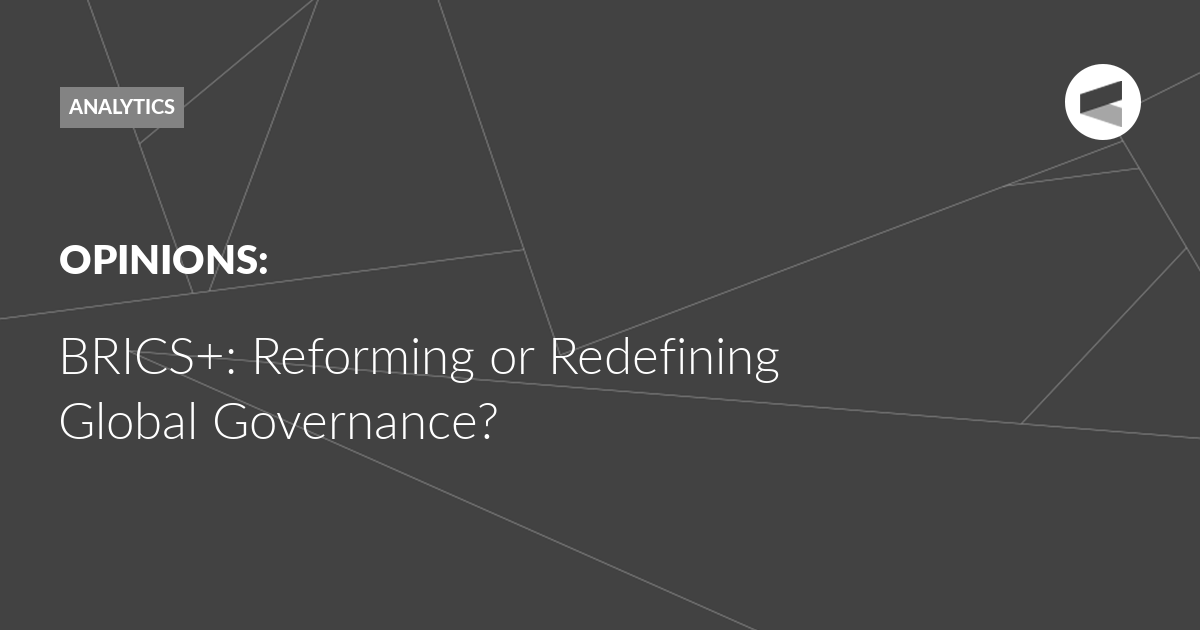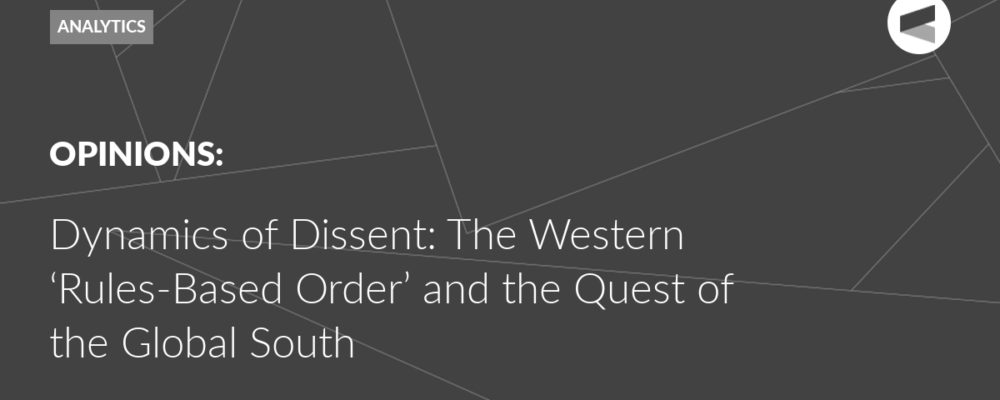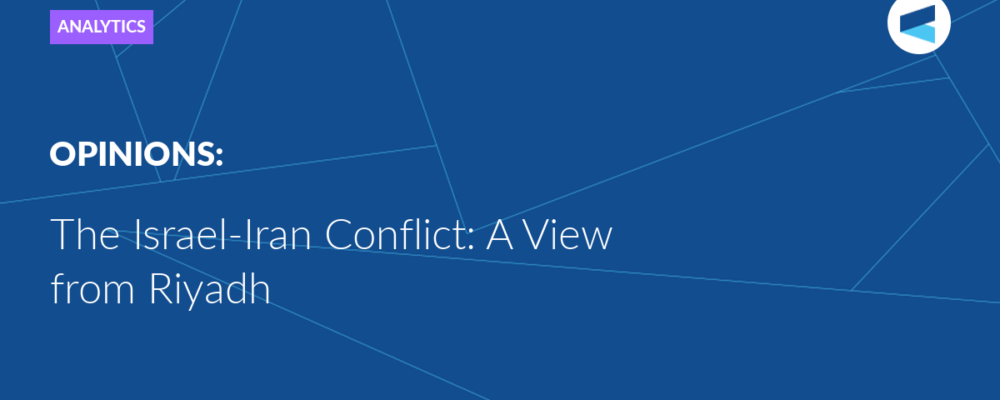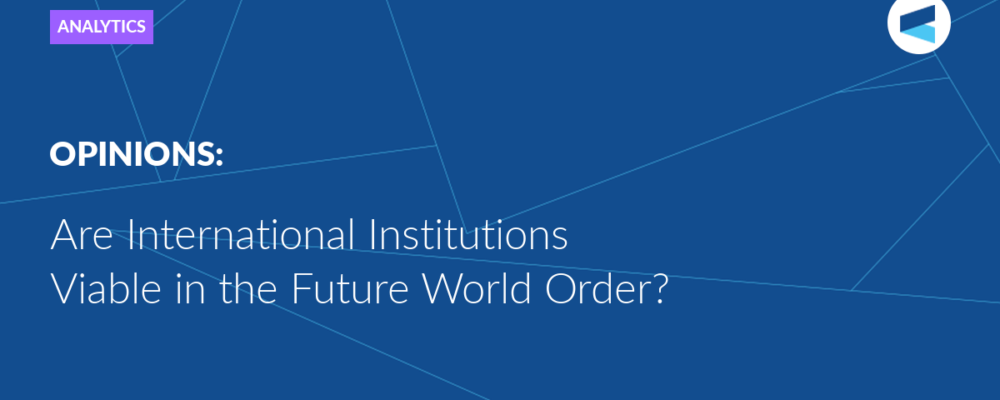BRICS+ stands at a critical crossroads, navigating the delicate balance between reforming existing global governance structures and ambitiously seeking to redefine them. At the heart of this evolution lies the dynamic between Russia and India – a relationship marked by both deep strategic cooperation and underlying geopolitical strains, Pravesh Kumar Gupta
writes.
In an era of heightened geopolitical flux, the post-COVID-19 global order appears increasingly fractured. The once-harmonious narrative of globalisation now contends with a resurgence of nationalism, realignments of power, and a growing disillusionment with the Western-led institutional architecture. Geopolitical upheavals in Eurasia and the Middle East have further exposed the structural inadequacies of prevailing global governance models. Amid these fractures, the Global South – long on the periphery of international decision-making – has begun to assert its agency. Countries like Russia and India are emerging as both advocates and architects of an alternative vision, aiming not just to reform, but potentially to recast the very foundations of global governance.
The BRICS alliance – originally comprised of Brazil, Russia, India, China, and South Africa – has evolved from an economic coalition into a significant geopolitical entity, particularly with its recent expansion into BRICS+. As of 2025, nations like Iran, Egypt, Ethiopia, the United Arab Emirates, and Indonesia have been included to amplify the voice of the Global South. This inclusion also illustrates the ambition of BRICS countries to challenge current global governance structures, which have proven largely ineffective in addressing present challenges. It also promotes a multipolar world order. This initiative seeks to address the economic disparities and political imbalances that have historically marginalised developing nations in international decision-making processes. By fostering solidarity among these nations, BRICS is positioning itself as a formidable force in shaping the future of global politics and economics.
The Evolution of BRICS+: Context and Ambitions
BRICS was created in 2009 as a platform for emerging economies to coordinate economic policies and advocate for greater representation in global institutions. The bloc’s creation of the New Development Bank (NDB) in 2014 and the Contingent Reserve Arrangement (CRA) signalled its intent to offer alternatives to Western-led financial systems like the IMF and World Bank. The 2024 Kazan Summit, hosted by Russia, marked a turning point with the formal integration of new members, expanding BRICS+ to represent over 45% of the global population and nearly 37% of global GDP (adjusted for purchasing power parity). This growth reflects a dual ambition: updating multilateral institutions to align more closely with current geopolitical realities and exploring governance through independent mechanisms such as de-dollarisation initiatives and a proposed BRICS currency.
Despite its growing prominence on the global stage, the BRICS+ bloc continues to grapple with a fundamental challenge: its intrinsic heterogeneity. This diversity is reflected not only in the stark economic disparities among member states – ranging from highly industrialised economies to developing nations – but also in the wide spectrum of political systems. Furthermore, the bloc’s members often pursue divergent geopolitical objectives, with differing regional priorities, global alliances, and security interests. These structural inconsistencies complicate efforts to forge a cohesive identity or a unified strategic vision for the group.
Amid the intricate landscape of this grouping, Russia and India have emerged as key stakeholders whose actions have significantly shaped the trajectory of BRICS+. Both countries have significant geopolitical influence and share a long-standing bilateral relationship based on strategic and defence cooperation and mutual interests in a multipolar world. However, their approaches to BRICS+ reflect both convergence and divergence. Russia often views the bloc as a counterweight to Western-dominated institutions and a vehicle for reinforcing multipolarity, particularly in light of its strained relations with the West. India, by contrast, while supportive of multipolarity, tends to balance its engagement with BRICS+ alongside partnerships with Western powers, signalling a more nuanced, multi-aligned foreign policy.
The dynamic between Russia and India illustrates the broader complexities within BRICS+: a space where national interests intersect, collide, and occasionally converge. To balance this juxtaposition, both Moscow and New Delhi have been working tirelessly to elevate their bilateral ties. As civilisational states with deep cultural connections to one another, a geopolitical understanding between the two countries has been increasingly visible in recent times. Their interactions within multilateral organisations like BRICS have been evolving in line with this trend, reflecting a proactive approach to collaboration and engagement.
Russia and BRICS+: Strategic Aspirations in a Multipolar Framework
As a founding member of BRICS – alongside Brazil, India, China, and South Africa – Russia has consistently positioned the bloc as a pillar of its multipolar worldview. Its 2024 chairmanship, culminating in the Kazan Summit, reflected this vision through a renewed emphasis on multilateralism, sovereignty, and development. Under the theme “Strengthening Multilateralism for Just Global Development and Security,” Russia championed deeper economic integration, the increased use of national currencies in trade, and an enhanced role for the New Development Bank (NDB) to better reflect the evolving geo-economic realities. The narrative about China dominating the BRICS has also subsided to some extent, with Russia taking the lead in the grouping. It suggests a growing importance of alternative regional governance systems in Asia, where countries can collaborate on shared interests and objectives. The Kazan summit’s success reinforces the idea that BRICS is emerging as a key player in shaping regional dynamics.
Importantly, contrary to Western narratives about BRICS+, which was conceived as a bloc aimed against the West, Moscow has indicated that BRICS has a different agenda. Instead, it seeks to provide alternative frameworks for cooperation that address the underrepresentation of emerging economies in global governance institutions. Russia’s advocacy within BRICS+, especially its push for de-dollarisation and mechanisms independent of Western financial infrastructure, is part of a broader effort to establish parallel paths for economic resilience and strategic autonomy, particularly in light of ongoing sanctions and fractures in international trade and supply chains.
The ambitions of BRICS+ reflect a complex interplay of perspectives among its members. While Russia views the group as a vital platform for enhancing state sovereignty and promoting a multipolar world, this assertive stance is not uniformly embraced by all member states. India, for instance, values its strong ties within BRICS but adopts a pragmatic approach, carefully balancing its participation with robust partnerships with Western nations. Likewise, Brazil and South Africa have prioritised economic cooperation and global equity, opting for a collaborative stance that avoids ideological divisions that could strain broader international relationships. The inclusion of new members, such as the UAE, further illustrates the bloc’s diversity, as their economies are closely linked to Western financial and security frameworks.
The 2024 Kazan Summit reflected both ambition and constraint. Russia’s proposal for a unified BRICS currency or a shared payment system was met with rhetorical interest but practical caution. While the desire to reduce dependence on the US dollar is a common theme, member states such as India and Brazil remain wary of abandoning the existing financial system without credible, stable alternatives. The ongoing Ukraine conflict has highlighted the varying positions within the grouping. China and Iran align more closely with Russian viewpoints, while others, such as India, Brazil and South Africa, have adopted a neutral stance. In the United Nations resolutions regarding Ukraine, the differing stances of the BRICS members have become evident. Aside from Russia, most BRICS countries have largely avoided taking sides in the conflict. Their decisions to abstain indicate a wish to maintain balanced relations and prevent increased geopolitical tensions. These differing perspectives present challenges for BRICS+ in articulating cohesive positions on contentious global issues. This situation reflects the bloc’s tendency to favour a pluralistic approach instead of seeking uniform alignment, which is also a good sign of a multilateral alliance.
Ultimately, Russia views BRICS+ as both a strategic hedge and a global platform: a mechanism to counterbalance systemic vulnerabilities while contributing to the evolution of a more equitable world order. However, this vision depends on Moscow’s ability to manage internal asymmetries, navigate China’s growing influence within the group, and demonstrate that BRICS+ can deliver concrete economic and developmental benefits – without positioning itself as a counter-alliance to existing global structures. In that sense, BRICS+ represents not a rejection of global order, but a call for its recalibration – one that emphasises inclusion, respect for sovereignty, and multipolar cooperation over confrontation.
India’s Role in BRICS+: A Strategic Balancer in a Fragmented World
India’s engagement with BRICS+ reflects its evolving identity as a civilisational state pursuing strategic autonomy in an increasingly multipolar yet polarised global order. Unlike some of its BRICS counterparts who view the bloc as a counterweight to Western dominance, India’s approach is neither confrontational nor purely transactional. Instead, it positions BRICS+ as a diplomatic lever – an instrument to advocate for a more equitable global system while maintaining the flexibility to cooperate with a range of partners, including the West.
India’s primary objective within BRICS+ is reform, not rupture. It has consistently called for a rebalancing of global governance institutions to reflect contemporary geopolitical realities. A permanent seat on the UN Security Council, enhanced voting rights at the IMF and World Bank, and a stronger voice for the Global South remain top priorities. Within BRICS, India has found like-minded partners – especially Russia, Brazil and South Africa – who share these reformist aspirations. This was evident during and after the 2008 global financial crisis, when India – alongside Russia and Brazil – played a critical role in pushing for the increased representation of emerging economies in the G20. The New Development Bank (NDB), while headquartered in Shanghai, bears an Indian imprint in its operational framework and priorities, reflecting New Delhi’s preference for inclusive development finance over exclusive bloc-building.
India’s economic approach to BRICS+ is underpinned by pragmatism rather than ideological alignment. Since 2022, its bilateral trade with Russia – particularly in energy – has expanded significantly, with India importing discounted crude and re-exporting refined products to global markets. This not only serves India’s energy security but also softens global price shocks, positioning India as a stabilising actor within a disrupted global energy landscape. However, India remains wary of any financial or trade architecture that demands a sudden decoupling from the Western-dominated system. Proposals for a BRICS currency or payment system are met with cautious interest, given India’s exposure to global capital and its dependence on dollar-based transactions for trade and investment. Initiatives like the BRICS Business Council and local currency settlement frameworks are welcomed – provided they enhance, rather than isolate, India’s economic posture.
Geopolitically, India treads carefully within BRICS+. Its unresolved border tensions with China and concerns over Beijing’s regional and global assertiveness significantly shape New Delhi’s calculations. While India supports the bloc’s expansion in principle, it resists moves that could dilute its influence or tilt the balance in China’s favour. India also pushes back against the instrumentalisation of BRICS+ as a geopolitical tool. While it maintains close defence ties with Russia and participates actively in BRICS forums, it concurrently deepens partnerships with Western powers through mechanisms like the Quad (with the US, Japan, and Australia) and maintains a robust presence in G7+ forums. This calibrated diplomacy allows India to straddle both worlds – enhancing its global relevance without becoming beholden to any singular alignment.
India’s role in BRICS+ is emblematic of a broader strategy: to act as a bridge between divergent poles of the international system. It seeks to harness the collective voice of the Global South without endorsing bloc politics. In doing so, India upholds its legacy of non-alignment while adapting to 21st-century geopolitical complexities. Its participation in BRICS+ is not an endorsement of confrontation, but an effort to reshape global rules through dialogue, development, and diplomatic dexterity.
Russia and India in BRICS+: Strategic Convergence, Structural Divergence
The Russia – India relationship remains one of the most enduring bilateral partnerships among major powers, rooted in Cold War solidarity, robust defence ties, and a shared commitment to a multipolar international order. Within BRICS+, this partnership provides both agreements and disagreements. While Russia and India align on many broad principles, their operational priorities and strategic worldviews sometimes differ, especially in the post-Ukraine and post-Galwan geopolitical environment.
The Russia – India dynamic within BRICS+ reflects a relationship in transition – grounded in historical trust and converging principles, but increasingly tested by diverging geopolitical calculations and global realignments. While India and Russia remain committed to BRICS+ as a platform for the Global South, their visions for its future may differ. The challenge for both lies in reconciling their strategic autonomy with coalition coherence. For India, this means navigating China’s ascent and Russia’s pivot without ceding space. For Russia, it requires calibrating its China strategy while retaining multipolar credibility with partners like India. Their ability to manage these tensions will shape not just BRICS+ but the broader architecture of the emerging global order.
BRICS+: Reform vs. Redefinition
BRICS+ may foster cooperation through summits and working groups focused on shared goals. By emphasising common interests in trade, security, and technology, the bloc can navigate its members’ differences and promote initiatives for mutual benefit. New members will bring diverse perspectives, affecting consensus-building. While this can enhance the bloc’s legitimacy, it may complicate negotiations. BRICS+ might need to establish clear decision-making protocols to balance the interests of both longstanding and newer members. BRICS+ can encourage trade in local currencies and create financial mechanisms, like currency swap agreements, to support de-dollarisation. Developing a BRICS currency will require cooperation on monetary policy and building trust among members to ensure its stability and reliability.
Conclusion
BRICS+ stands at a critical crossroads, navigating the delicate balance between reforming existing global governance structures and ambitiously seeking to redefine them. At the heart of this evolution lies the dynamic between Russia and India – a relationship marked by both deep strategic cooperation and underlying geopolitical strains. While both nations champion multipolarity and greater autonomy from Western-dominated institutions, their visions often diverge. This duality – amplified by India’s growing ties with the West and Russia’s pivot toward China – underscores the complexity of achieving unity within an increasingly diverse BRICS+ bloc. As the July 2025 summit approaches, the future of the grouping will hinge on its ability to reconcile these competing visions, forge a coherent agenda, and avoid fragmentation amid a rapidly polarising global landscape.
The Valdai Discussion Club was established in 2004. It is named after Lake Valdai, which is located close to Veliky Novgorod, where the Club’s first meeting took place.
Please visit the firm link to site






